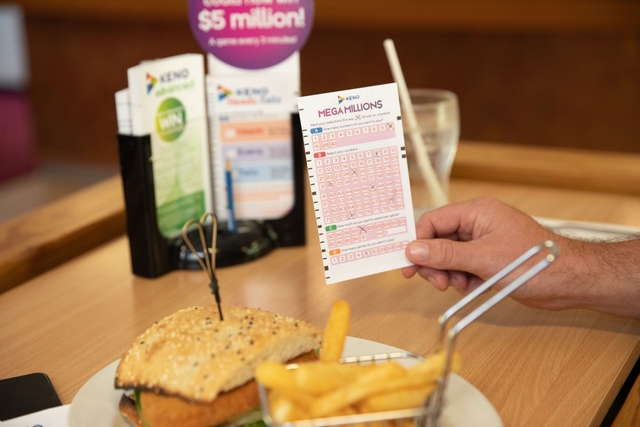What does business growth look like to you? This could be measured through number of customers, number of staff, company net operating profit, etc., but increased revenue will almost certainly lie at the heart of all of these. Increased sales are typically the key impetus behind growth and are the most obvious way to measure it. So how do you go about increasing sales?
Talk to any business leader and chances are that they will focus on the need for more customers as the primary way to increase sales. However, whilst this should indeed increase income, it is actually the hardest way to go about it. To increase the number of customers, you will need to increase your presence in the marketplace and this implies marketing. What may not be immediately apparent though is that marketing can be both time-consuming and expensive. Anyone who has ever done any cold calling of customers in the past will know just how character building this can be (!!) and how ineffective such a method is as well. Acquiring a good market presence will usually require an engaging online capability so creating or enhancing a website (which may also include ‘search engine optimisation’ (SEO) if customers search via the web) may be required, social media advertising and so on. Not cheap! This is why you will often hear people say that ‘it is far easier to keep an existing customer than acquire a new one’.
A potentially more effective way of increasing sales is to ensure the people doing the selling are trained as well as possible. In addition to an improved understanding of the company’s products and services, training in the areas of relationship building, negotiation skills and sales management (i.e. the ability to create Sales Plans, manage sales pipelines, track and report on sales performance) will all provide real benefits. The net result is an increased chance of converting a prospect engagement into a real sale and hence improve what’s known as the ‘sales conversion rate’.
But wait, there’s more! Even easier than the above two methods (and often more effective still) is what is known as ‘the upsell’. Walk into any McDonald’s store and order just a burger and what’s the first thing you will be asked? Assuming the person behind the counter has been properly trained, you will be asked if you “want fries with that?” or perhaps offered a meal deal. If you have bought a new car in the past few years, you will almost certainly be asked if you want your windows tinted or paint protection, etc. All these are good examples of ‘the upsell’. They rely on the fact that for an apparently small (by comparison) cost, the purchaser will spend more but add these up over multiple customers and significant extra dollars can be contributed to a company’s sales with little extra effort.
So what do you think is the simplest and easiest way to increase sales? Surely this has to be an increase in price! Now I am not advocating a wholesale mass mark-up on all products and services, but I have found on many occasions in my dealings with businesses that prices have not been increased for several years even when the cost of raw materials and wages have gone up over the period. So even if the sales remained flat, in real terms, this has meant year-on-year reduced margins on the product or service. With the current inflation rate of 5.4 per cent, if you have not increased your prices by this amount over the past year, you will have gone backwards in real terms.
In practice, price increases do need to be considered carefully since other factors will come into play such as your competitive position and value for money, but smaller, more frequent rises generally don’t have a major impact and are a simple and easy way to ensure that sales income can be gradually increased.
Ian Ash ACC, AInstIB
Managing director
OrgMent Business Solutions – ombs.com.au







